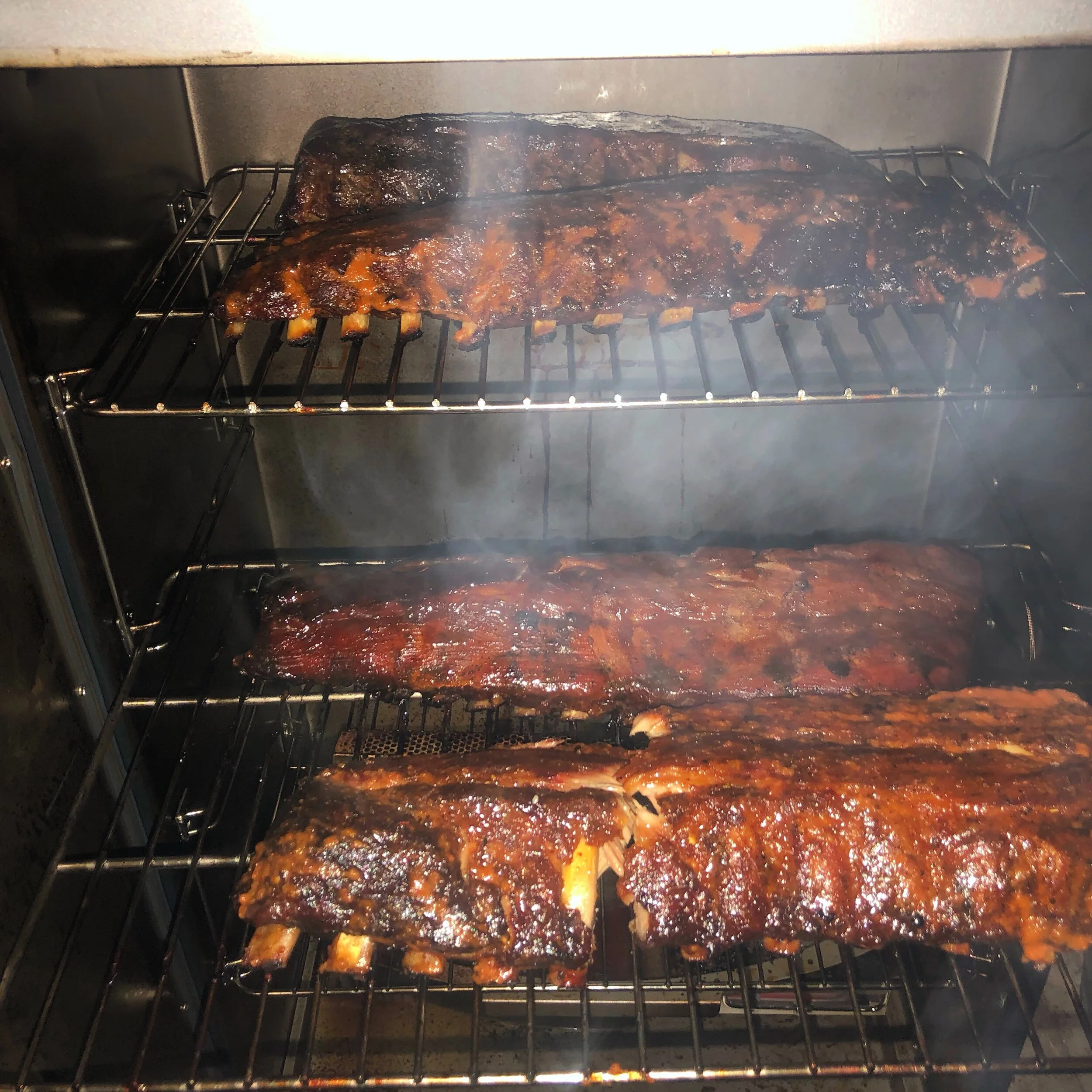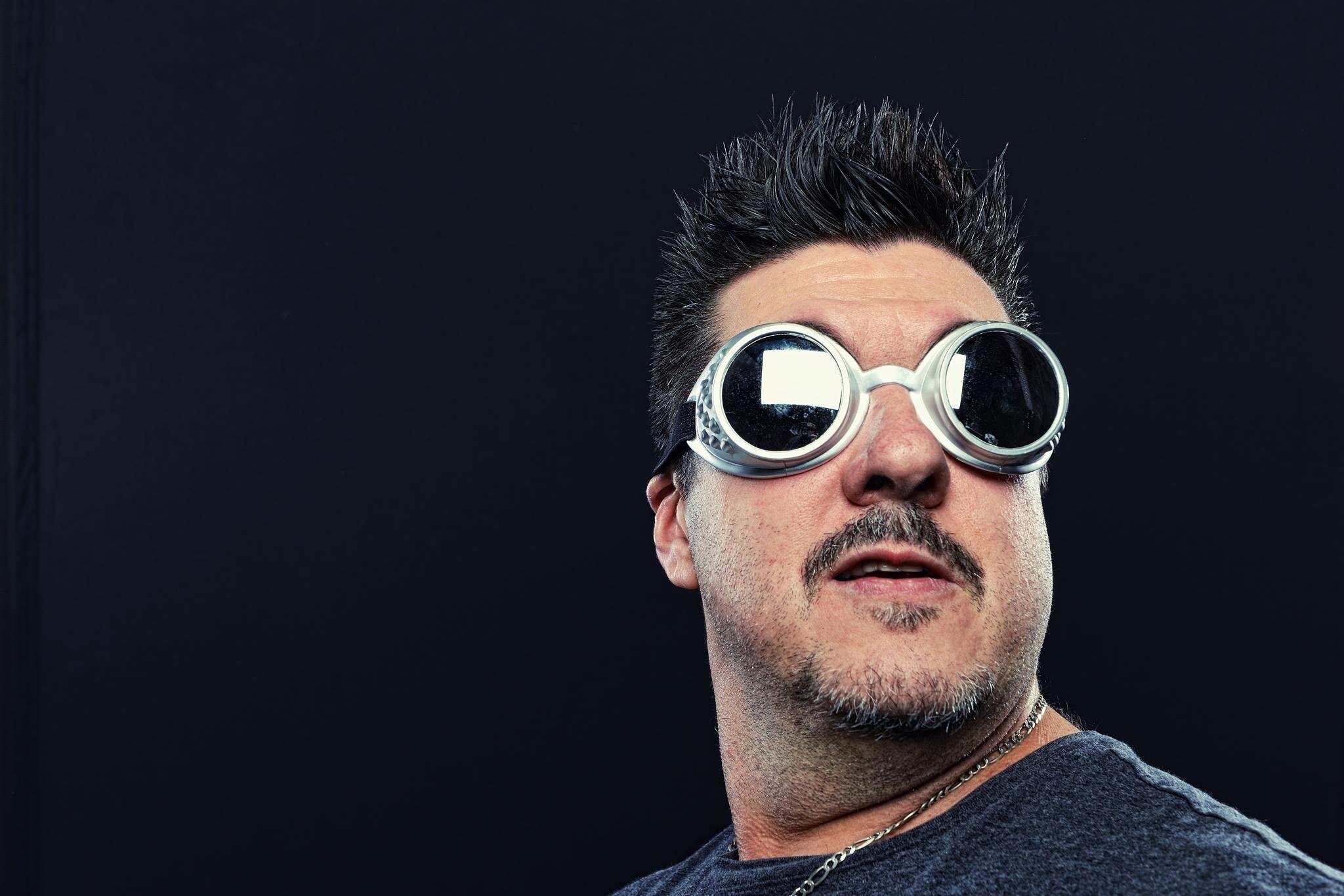When I went to art school in my quest to be considered a “fine artist,” there was a new world of knowledge and materials at my disposal. I couldn’t afford to go to some of the more esteemed colleges I’d applied to like Cal Arts, Chicago Institute of Arts or even the one in my hometown of Detroit, CCS. I applied for and accepted a small scholarship to Northern Michigan University in the Upper Peninsula. What the university lacked in size, it more than made up for in what it offered its students. In addition to the natural beauty of the region, the class sizes were small and I had my own studio as a freshman, unheard of at most schools. I was given access 24/7 to a space with an easel and a sink. Pure heaven.
After a year of disillusionment chasing the fine art moniker, I drifted into illustration. To me there was just too much pretentiousness in the fine art world. As a kid from a middle class upbringing in a blue collar neighborhood, I felt like I was wearing a costume. My illustration teacher was a rather old school prof named Thomas Cappuccio. He was a mustachioed, diminutive man who had a European approach to just about everything he did. He usually arrived with a thermos of coffee, occasionally spiked with Sambuca on those frigid February mornings. Even his signature was flowery and calligraphic. Tom and I got along well, probably as much for the fact that we were both of Italian descent as anything eles. I don’t know that he made me a better artist but he was an extremely hard working man, and that was something I respected.
We had a philosophical discussion over the airbrush. In the commercial art world, especially in product and automotive, the airbrush was an absolute necessity to create the continuous shapes of seamless gradients that replicated surfaces like sheet metal and chrome. In the right hands the artwork rendered with one was indistinguishable from a photograph. Tom hated the airbrush.
“It’s a cold, heartless gimmick!”
“It’s just a tool like anything else,” I argued. “You use paint brushes. Do you make them yourself?"
“That’s different! An airbrush is a machine-made tool that produces nothing but cold art.”
“A tool is only as good as the user."
He fixed a sideways glance on me before further telling me how off base I was. We went back and forth on this point, never swaying one another to see the opposing point of view.
Tom passed away a couple years ago, so you’ll have to take my word on my recollection of our conversations. I like to think when he was on his Mac though, he drifted back to some of our conversations, reminiscing about the pre-digital era, smiling like I do whenever I think of our exchanges. He probably still disliked the perceived coldness he found in airbrush or later, digital illustrations, but in 2020, I adhere to my same belief as it relates to the tools technology has since afforded us. They’re just tools.
An old artist I used to work with, Jerry Money, whose paintings looked as photographic as anything Chuck Close or Richard Estes’ ever did, once told me when he started out in the 50s, pastels were the weapon of choice for layouts. Then markers came along. “I never picked up another pastel in my life.” Think about it: from the days of the Egyptians until then, pastels had been used to make art. Then they were gone. Markers had a decent run until Corel Painter came along in the 90s. After that, people gave them to their kids to play with. Machines replacing what we do. It’s a complaint as old as the hills, and I heard the same grousing from the photorealistic artists I repped when Photoshop popped up, some 30+ years ago.
“What, are we going to use a stylus and a tablet now to ‘paint’ realistically instead of using an airbrush?”
Yep. Pixels became the new paint. Pixels are the new Paint.I should’ve had t-shirts made.
I remember wondering if there was a way to get the stylus to make the same hissing sound an airbrush made during those times. Some artists were reluctant to give up the compressor and waterbowls in their rooms. Soon everybody had Macs. Finding an airbrush in a commercial studio nowadays (if you can still find a studio), is likely there to serve as an archaic reminder of a bygone era. There used to be flat files with neatly stacked tubes of every color of gouache imaginable for artists to load their airbrush cups and sable brushes with. Now you’re as likely to find those watercolors in a dusty box, relegated to the basement of retired illustrators, like discarded tubes of dried up caulk. Subscribing to Adobe has replaced a trip to the art store.
It happened with typesetting and design, retouching too. Photography finally got touched when CGI broke onto the scene. It will be interesting to watch what happens in the field of AR/VR/MR. Yet even as all these software programs become more affordable, rightly putting what you can do with them into the hands of the everyman to try, it still takes the talent of an artist to get the most out of these tools.
Because that’s all they are. Like a paintbrush, pencil, arc welder, hammer and chisel or potter’s wheel, the computer is only the conduit between the creator and the creation.











